We put the Samsung Galaxy Z Fold5 through our rigorous DXOMARK Camera test suite to measure its performance in photo, video, and zoom quality from an end-user perspective. This article breaks down how the device fared in a variety of tests and several common use cases and is intended to highlight the most important results of our testing with an extract of the captured data.
Overview
Key camera specifications:
- Primary: 50MP sensor, 1.0µm pixels, 23mm equivalent f/1.8-aperture lens, Dual Pixel PDAF, OIS
- Ultra-wide: 12MP sensor, 1.12µm sensor, 12mm equivalent f/2.2-aperture lens
- Tele: 10MP sensor, , 3x optical zoom, f/2.4-aperture lens, PDAF, OIS
Scoring
Sub-scores and attributes included in the calculations of the global score.
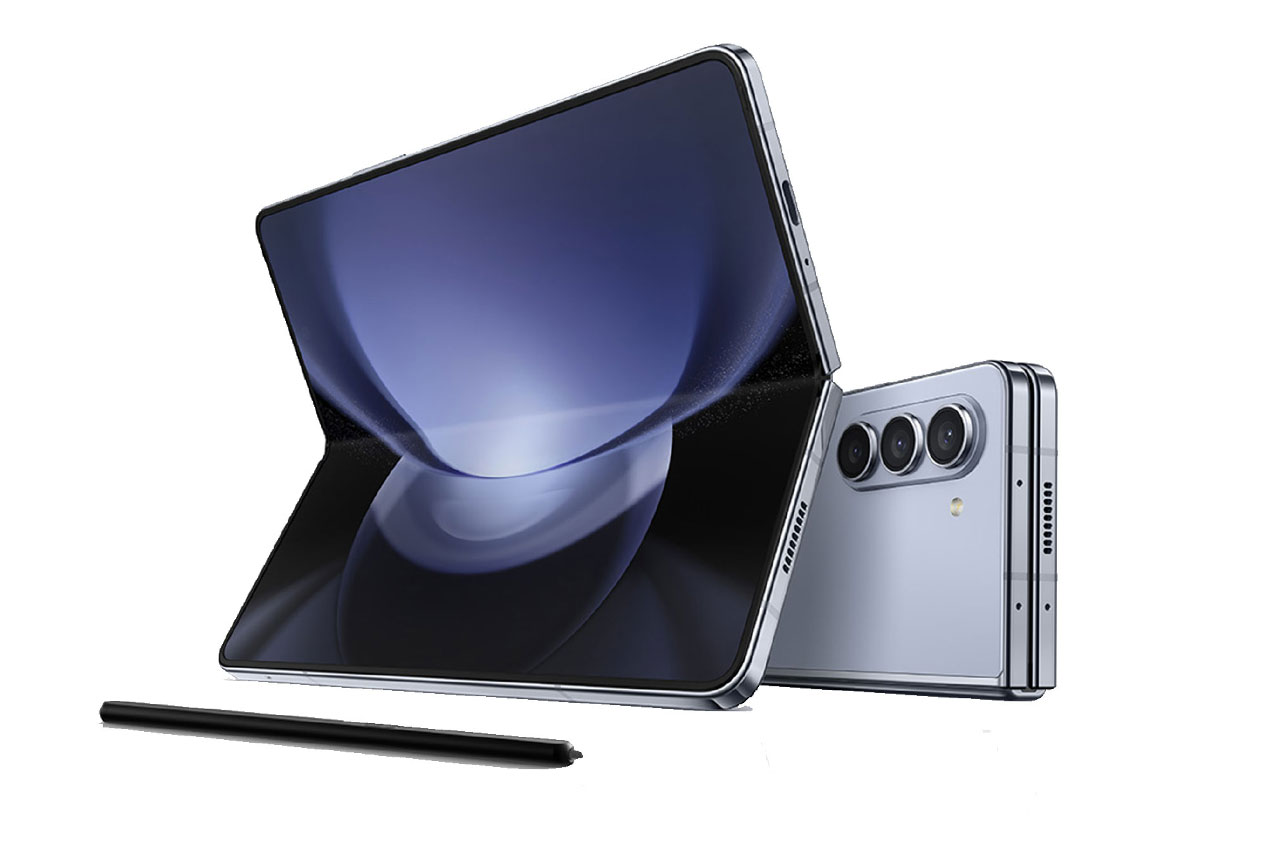
Samsung Galaxy Z Fold5


Use cases & Conditions
Use case scores indicate the product performance in specific situations. They are not included in the overall score calculations.
Outdoor
Photos & videos shot in bright light conditions (≥1000 lux)
Indoor
Photos & videos shot in good lighting conditions (≥100lux)
Lowlight
Photos & videos shot in low lighting conditions (<100 lux)
Friends & Family
Portrait and group photo & videos
Pros
- Good exposure and wide dynamic range
- Generally good color rendering in photo and video
- High level of captured detail in video
- Smooth exposure transitions in video
Cons
- Quite intrusive image noise in photo and video
- Slight white balance casts in daylight conditions
- Occasional autofocus errors in very low light
- Fusion artifacts in challenging low light conditions
Although the Samsung Galaxy Fold5 did not make into the upper regions of the DXOMARK Camera ranking, it delivered decent results across most of our test categories and was capable of capturing nice photos and video clips in most shooting conditions. The Galaxy Z Fold5 camera was also a slight improvement over its predecessor the Z Fold4. Considering that they both have identical camera hardware, the slightly better performance is all down to improved imaging software and tuning. The Galaxy Z Fold5’s high price point, however, makes the device arguably most interesting to those users who appreciate the (still) innovative folding design and large display. But if camera performance is the priority, then other top-end devices with a more conventional form factor offer a better value.
The Samsung Galaxy Z Fold5 performed quite well when taking photos and videos of friends and family members. In portrait scenes, subject exposure was generally good, and even in difficult backlighting the camera managed to maintain good contrast on the subject. Color rendering was nice, with natural skin tones in both photo and video modes. Image results in bokeh mode were natural, too, and pretty close to what you would expect from a DSLR and fast lens. On the downside, the camera was not capable of providing a zero shutter lag, which meant it was more difficult to capture the decisive moment in scenes with motion than with other devices in this class. Additionally, a fairly narrow depth of field resulted in out-of-focus background subjects in group shots.
When shooting in low light, the Z Fold5 camera captured photos with good exposure in most situations. White balance and color rendering were fairly neutral and pleasant, and texture levels were generally high. However, our testers observed higher noise levels than on other devices in this class, and in very low light, we also noticed some subject underexposure and autofocus struggles.
Test summary
About DXOMARK Camera tests: DXOMARK’s Camera evaluations take place in laboratories and in real-world situations using a wide variety of subjects. The scores rely on objective tests for which the results are calculated directly by measurement software on our laboratory setups, and on perceptual tests in which a sophisticated set of metrics allow a panel of image experts to compare aspects of image quality that require human judgment. Testing a smartphone involves a team of engineers and technicians for about a week. Photo, Zoom, and Video quality are scored separately and then combined into an Overall score for comparison among the cameras in different devices. For more information about the DXOMARK Camera protocol, click here. More details on smartphone camera scores are available here. The following section gathers key elements of DXOMARK’s exhaustive tests and analyses. Full performance evaluations are available upon request. Please contact us on how to receive a full report.
Photo
Samsung Galaxy Z Fold5
169
For scoring and analysis, DXOMARK engineers capture and evaluate more than 2,600 test images both in controlled lab environments and in outdoor, indoor and low-light natural scenes, using the camera’s default settings. The photo protocol is designed to take into account the main use cases and is based on typical shooting scenarios, such as portraits, family, and landscape photography. The evaluation is performed by visually inspecting images against a reference of natural scenes, and by running objective measurements on images of charts captured in the lab under different lighting conditions from 1 to 1,000+ lux and color temperatures from 2,300K to 6,500K.
In photo mode, the Samsung Galaxy Z Fold5 performed well across most uses cases. Target exposure was always accurate, and the dynamic range was pretty wide, capturing good highlight and shadow detail in high-contrast scenes. In terms of color, slight white balance casts were sometimes visible but remained within acceptable limits. The autofocus was stable and reliable in most conditions. On the downside, image noise was noticeable in all test conditions, with noise levels sometimes peaking in discrete areas of the frame.
Close-Up
Close-up is the third new use case score introduced with DXOMARK Camera version 5. It evaluates the camera’s ability to capture detail at subject distances below 10cm and magnifications as close possible to 1:1.
The Samsung Galaxy Z Fold5 doesn’t come with a dedicated lens for macro photography, but the device still allowed for the capture of good close-up shots using the pinch-zoom method.

Exposure
Samsung Galaxy Z Fold5
130
Exposure is one of the key attributes for technically good pictures. The main attribute evaluated is the brightness of the main subject through various use cases such as landscape, portrait, or still life. Other factors evaluated are the contrast and the dynamic range, eg. the ability to render visible details in both bright and dark areas of the image. Repeatability is also important because it demonstrates the camera's ability to provide the same rendering when shooting several images of the same scene.
In our tests, exposure was good, with a pretty wide dynamic range. In some very difficult backlit scenes, highlight clipping can be noticed. This said, in such backlit portrait shots, global contrast on the subject’s face remained nice.

Color
Samsung Galaxy Z Fold5
130
Color is one of the key attributes for technically good pictures. The image quality attributes analyzed are skin-tone rendering, white balance, color shading, and repeatability. For color and skin tone rendering, we penalize unnatural colors but we respect a manufacturer's choice of color signature.
The Z Fold5 delivered fairly accurate white balance across most lighting conditions. However, in cloudy conditions, our testers occasionally noticed a green cast. This said, color rendering was overall pleasant and vivid, with natural skin tones.

Autofocus
Samsung Galaxy Z Fold5
125
Autofocus tests concentrate on focus accuracy, focus repeatability, shooting time delay, and depth of field. Shooting delay is the difference between the time the user presses the capture button and the time the image is actually taken. It includes focusing speed and the capability of the device to capture images at the right time, what is called 'zero shutter lag' capability. Even if a shallow depth of field can be pleasant for a single subject portrait or close-up shot, it can also be a problem in some specific conditions such as group portraits; Both situations are tested. Focus accuracy is also evaluated in all the real-life images taken, from infinity to close-up objects and in low light to outdoor conditions.
Autofocus was fairly fast and reliable in most situations, but the camera did not offer zero shutter lag, resulting in a slight delay between pressing the shutter button and image capture. Some autofocus errors were noticeable in low light and compared to some competitors the Fold5 camera’s depth of field is fairly narrow, which can result in blurry background subjects in group shots.

Texture
Samsung Galaxy Z Fold5
125
Texture tests analyze the level of details and the texture of subjects in the images taken in the lab as well as in real-life scenarios. For natural shots, particular attention is paid to the level of details in the bright and dark areas of the image. Objective measurements are performed on chart images taken in various lighting conditions from 1 to 1000 lux and different kinds of dynamic range conditions. The charts used are the proprietary DXOMARK chart (DMC) and the Dead Leaves chart.
In terms of texture, the Z Fold5 produced decent results, even in low light. Fine details were preserved well and sharpening was applied only lightly but the Z Fold5 could not quite match the Google Pixel Fold’s texture performance.

Noise
Samsung Galaxy Z Fold5
117
Noise tests analyze various attributes of noise such as intensity, chromaticity, grain, structure on real-life images as well as images of charts taken in the lab. For natural images, particular attention is paid to the noise on faces, landscapes, but also on dark areas and high dynamic range conditions. Noise on moving objects is also evaluated on natural images. Objective measurements are performed on images of charts taken in various conditions from 1 to 1000 lux and different kinds of dynamic range conditions. The chart used is the Dead Leaves chart and the standardized measurement such as Visual Noise derived from ISO 15739.
With noise levels high across all light conditions, the Z Fold5 left some room for improvement in this test category. Our testers also noticed local areas that showed higher noise levels than the rest of the frame, at all light levels.

Artifacts
Samsung Galaxy Z Fold5
82
The artifacts evaluation looks at lens shading, chromatic aberrations, geometrical distortion, edges ringing, halos, ghosting, quantization, unexpected color hue shifts, among others type of possible unnatural effects on photos. The more severe and the more frequent the artifact, the higher the point deduction on the score. The main artifacts observed and corresponding point loss are listed below.
In terms of unwanted image artifacts in photo mode, when shooting in low light conditions, fusion artifacts were noticeable, as well as ghosting effects on moving subjects in the scene.
Bokeh
Samsung Galaxy Z Fold5
85
Bokeh is tested in one dedicated mode, usually portrait or aperture mode, and analyzed by visually inspecting all the images captured in the lab and in natural conditions. The goal is to reproduce portrait photography comparable to one taken with a DLSR and a wide aperture. The main image quality attributes paid attention to are depth estimation, artifacts, blur gradient, and the shape of the bokeh blur spotlights. Portrait image quality attributes (exposure, color, texture) are also taken into account.
In bokeh mode, The Z Fold5 delivered great portrait shots, with correct subject isolation, good exposure and nice skin tones. The blur gradient on foreground and background portions of the frame created an overall effect that comes close to what you would get from a DSLR and a fast lens. However, some depth estimation errors were also visible in our test samples.
Preview
Samsung Galaxy Z Fold5
93
Preview tests analyze the image quality of the camera app's preview of the image, with particular attention paid to the difference between the capture and the preview, especially regarding dynamic range and the application of the bokeh effect. Also evaluated is the smoothness of the exposure, color and focus adaptation when zooming from the minimal to the maximal zoom factor available. The preview frame rate is measured using the LED Universal Timer.
The preview image on the device display was not as good as on the class-leading iPhone 14 series but still mostly pretty close to the final capture. However, our testers noticed some differences between preview and capture, especially when shooting backlit scenes. When switching to bokeh mode, depth estimation was quite similar between preview and capture.
Zoom
Samsung Galaxy Z Fold5
169
DXOMARK engineers capture and evaluate over 400 test images in controlled lab environments and in outdoor, indoor, and low-light natural scenes, using the camera’s default settings and pinch zoom at various zoom factors from ultra wide to very long-range zoom. The evaluation is performed by visually inspecting the images against a reference of natural scenes, and by running objective measurements of chart images captured in the lab under different conditions from 20 to 1000 lux and color temperatures from 2300K to 6500K.
The Samsung Galaxy Z Fold5 comes with dedicated ultra-wide and tele camera modules, allowing for a lot of flexibility in terms of zooming. Images captured with the ultra-wide camera offered good color rendering, accurate and stable exposure. The tele module captured good detail but our testers also observed some image noise, especially when taking pictures in low light.
Video Zoom
Video footage recorded with wide or tele zoom applied was well exposed and had good color rendering. However, tele-zoom video lacked detail.

Wide
Samsung Galaxy Z Fold5
122
These tests analyze the performance of the ultra-wide camera at several focal lengths from 12 mm to 20 mm. All image quality attributes are evaluated, with particular attention paid to such artifacts as chromatic aberrations, lens softness, and distortion. Pictures below are an extract of tested scenes.
Images captured with the ultra-wide camera showed good color and detail, but our testers also noticed some image noise and highlight clipping in high-contrast scenes.

Tele
Samsung Galaxy Z Fold5
128
All image quality attributes are evaluated at focal lengths from approximately 40 mm to 300 mm, with particular attention paid to texture and detail. The score is derived from a number of objective measurements in the lab and perceptual analysis of real-life images.
The Samsung Galaxy Z Fold5’s telephoto lens offered good exposure stability and color saturation across different light conditions. In addition, the camera captured good detail at all light levels in close range tele shots. However, our testers observed a sharp drop-off in detail at medium and long range tele. Image noise was also noticeable in indoor shots and under low light conditions.
Video
Samsung Galaxy Z Fold5
159
DXOMARK engineers capture and evaluate more than 2.5 hours of video in controlled lab environments and in natural low-light, indoor and outdoor scenes, using the camera’s default settings. The evaluation consists of visually inspecting natural videos taken in various conditions and running objective measurements on videos of charts recorded in the lab under different conditions from 1 to 1000+ lux and color temperatures from 2,300K to 6,500K.
In video mode, the Samsung Galaxy Z Fold5 offered good overall color rendering and stable white balance. The camera also managed to keep noise levels low when recording in daylight or indoors. However, in low light, noise, including chroma noise, became more intrusive, color accuracy suffered and footage was often underexposed.

Exposure
Samsung Galaxy Z Fold5
116
Exposure tests evaluate the brightness of the main subject and the dynamic range, eg. the ability to render visible details in both bright and dark areas of the image. Stability and temporal adaption of the exposure are also analyzed.
Video clips captured on the Samsung Galaxy Z Fold5 featured an accurate target exposure in outdoor conditions. The dynamic range was wide, but a loss of information and clipping in the shadow areas of the frame was often noticeable when recording in low light.

Color
Samsung Galaxy Z Fold5
120
Image-quality color analysis looks at color rendering, skin-tone rendering, white balance, color shading, stability of the white balance and its adaption when light is changing.
Color rendering was nice across all light conditions. However, in low light some unnatural skin tones could be observed.

Autofocus
Samsung Galaxy Z Fold5
120
The Z Fold5 video autofocus delivered a good performance in most conditions but some instabilities could occasionally be noticeable.

Texture
Samsung Galaxy Z Fold5
118
Texture tests analyze the level of details and texture of the real-life videos as well as the videos of charts recorded in the lab. Natural videos recordings are visually evaluated, with particular attention paid to the level of details in the bright and areas as well as in the dark. Objective measurements are performed of images of charts taken in various conditions from 1 to 1000 lux. The charts used are the DXOMARK chart (DMC) and Dead Leaves chart.
The Samsung Galaxy Z Fold5 recorded good detail with nice texture rendering in video mode, especially in bright light. In low light, our testers observed a slight loss of detail, especially in low contrast areas of the frame.

Noise
Samsung Galaxy Z Fold5
120
Noise tests analyze various attributes of noise such as intensity, chromaticity, grain, structure, temporal aspects on real-life video recording as well as videos of charts taken in the lab. Natural videos are visually evaluated, with particular attention paid to the noise in the dark areas and high dynamic range conditions. Objective measurements are performed on the videos of charts recorded in various conditions from 1 to 1000 lux. The chart used is the DXOMARK visual noise chart.
Video noise was generally well under control in bright light, but start to be visible as the illuminance of scene decrease . Luminance noise could be seen on moving subjects and in the shadow areas of the frame when recording in low light.

Stabilization
Samsung Galaxy Z Fold5
119
Stabilization evaluation tests the ability of the device to stabilize footage thanks to software or hardware technologies such as OIS, EIS, or any others means. The evaluation looks at residual motion, smoothness, jello artifacts and residual motion blur on walk and run use cases in various lighting conditions. The video below is an extract from one of the tested scenes.
Video stabilization worked effectively when holding the phone still while recording and while on the move.

Artifacts
Samsung Galaxy Z Fold5
86
Artifacts are evaluated with MTF and ringing measurements on the SFR chart in the lab as well as frame-rate measurements using the LED Universal Timer. Natural videos are visually evaluated by paying particular attention to artifacts such as aliasing, quantization, blocking, and hue shift, among others. The more severe and the more frequent the artifact, the higher the point deduction from the score. The main artifacts and corresponding point loss are listed below.
Most common video artifacts were well under control on the The Samsung Galaxy Z Fold5, but our testers observed some aliasing and lens flare.


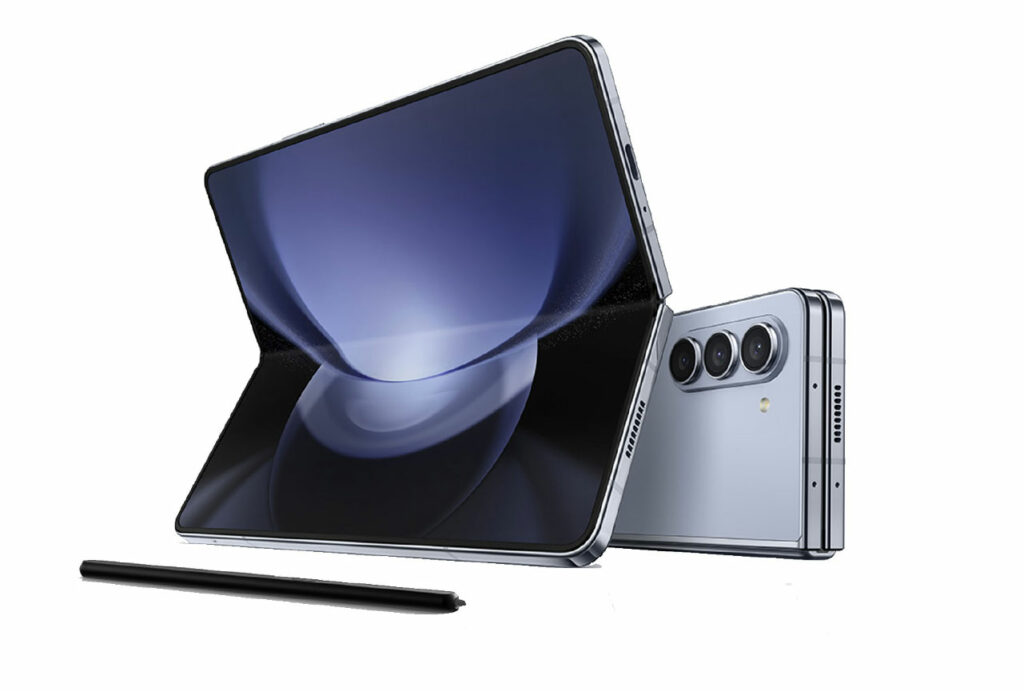
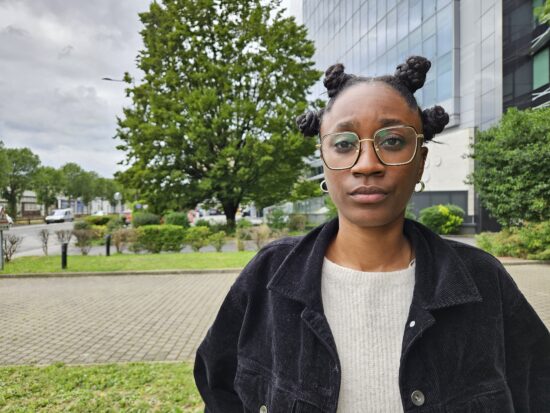
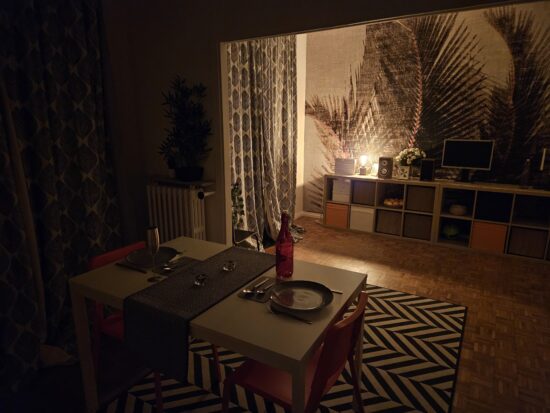

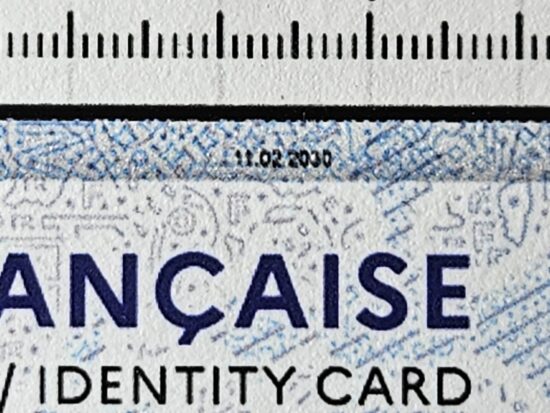
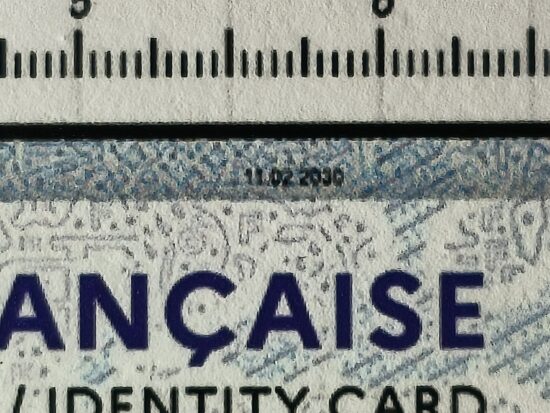
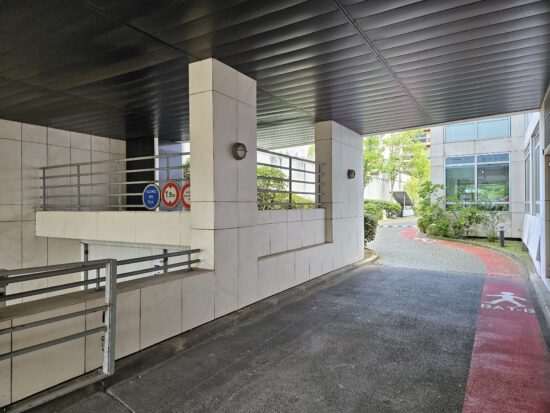
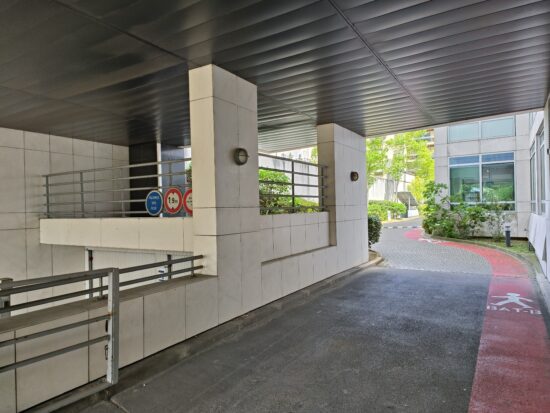








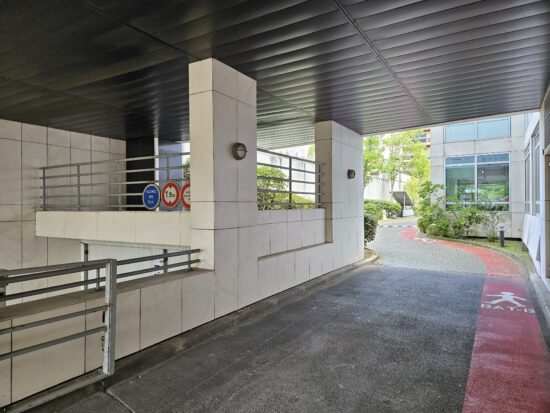
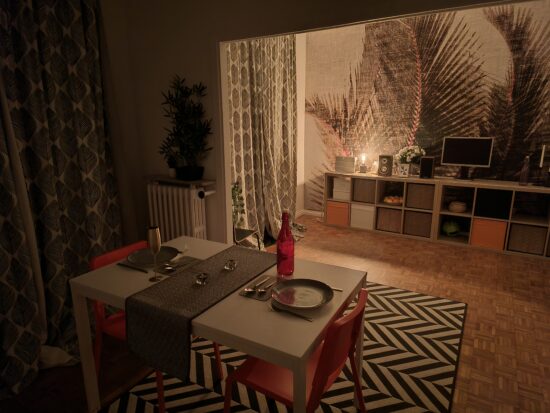
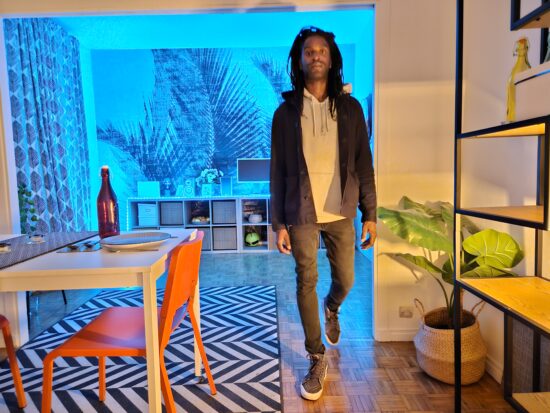
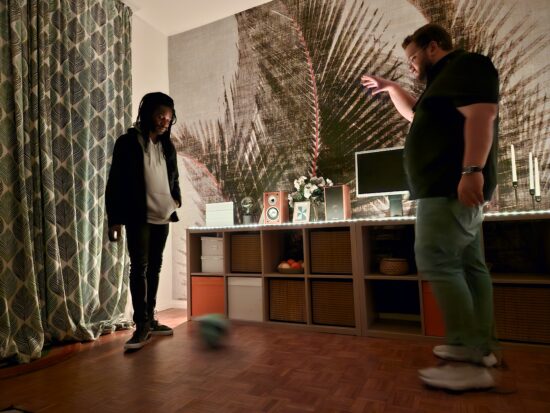
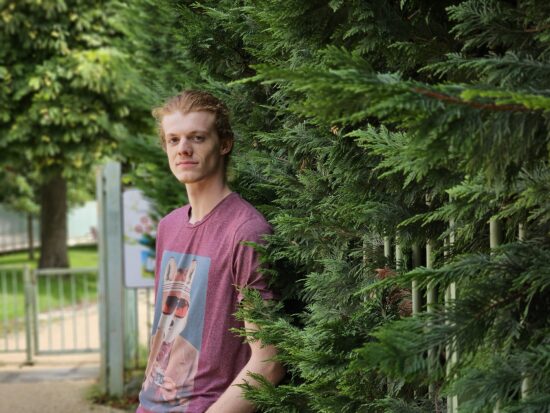
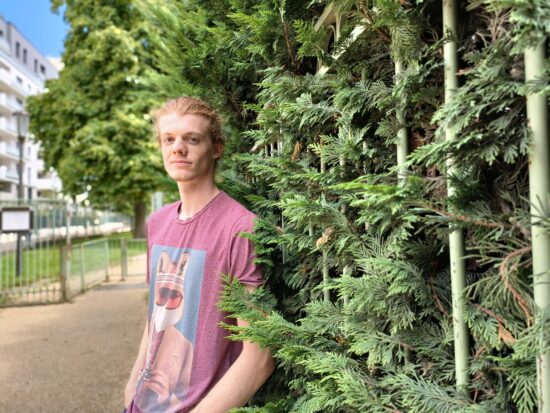


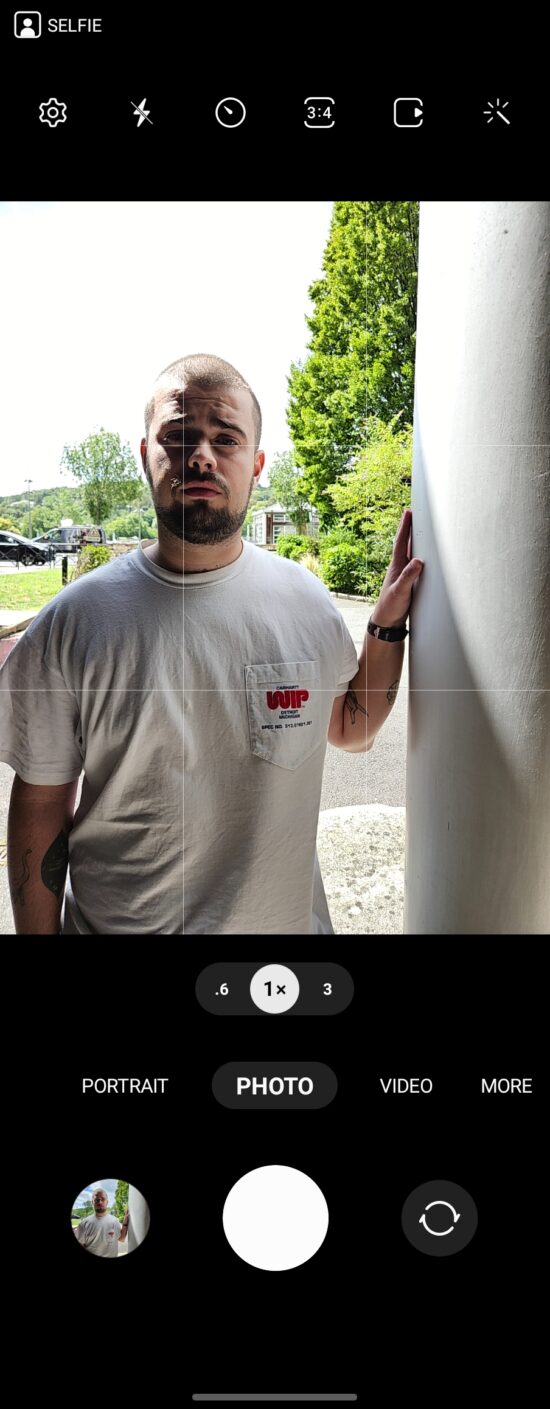
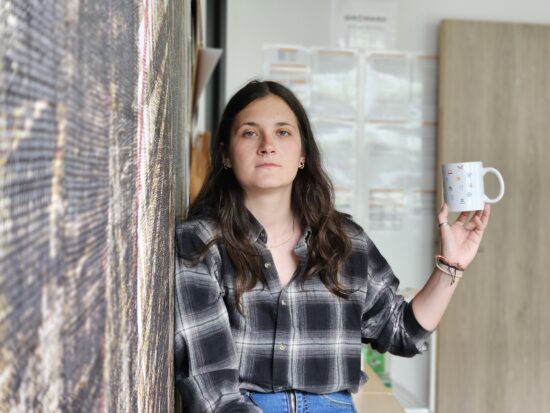
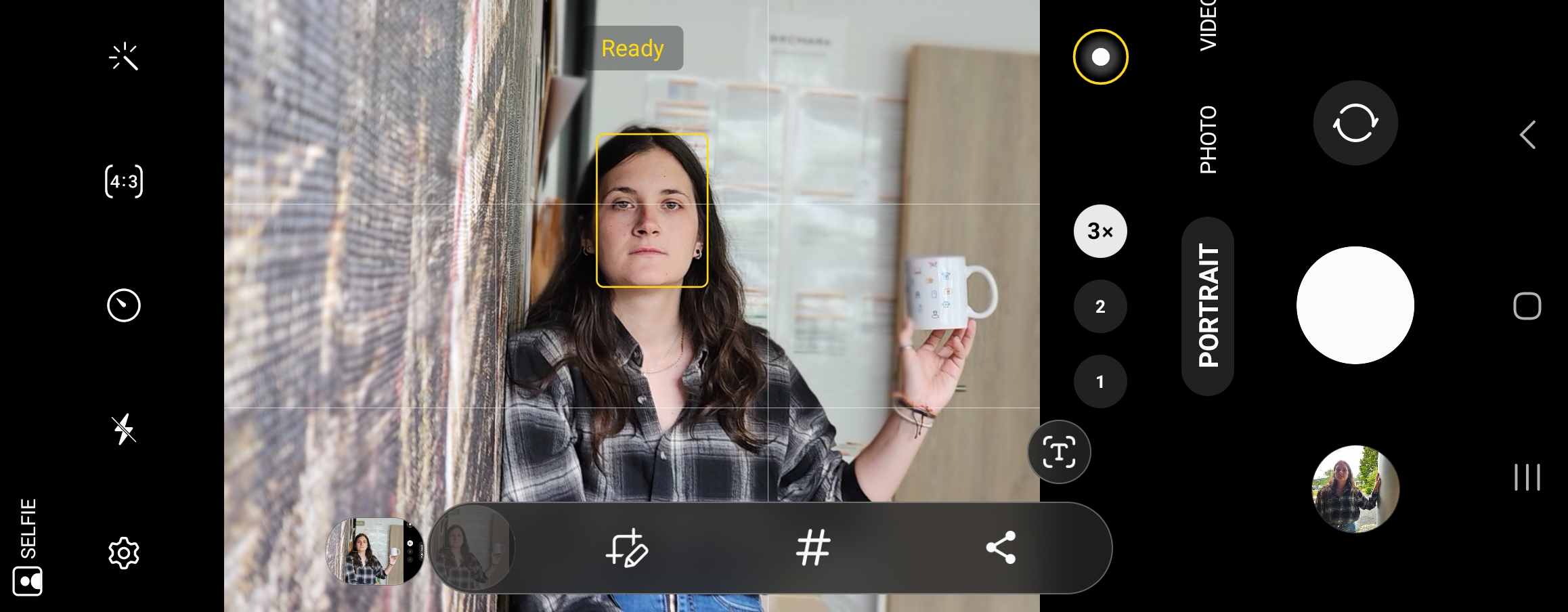


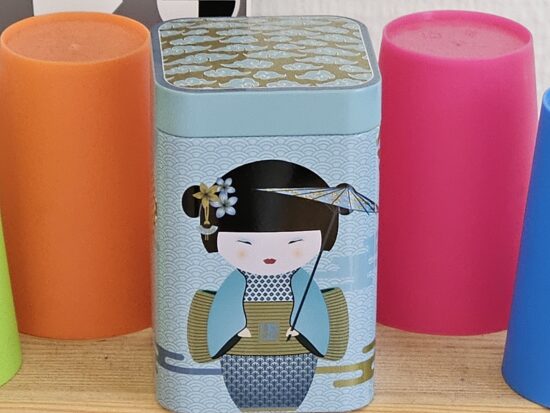
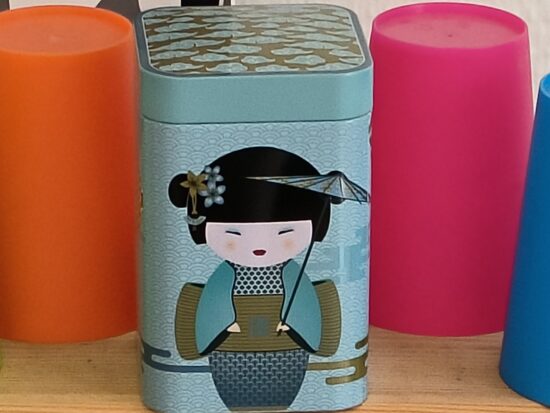
DXOMARK encourages its readers to share comments on the articles. To read or post comments, Disqus cookies are required. Change your Cookies Preferences and read more about our Comment Policy.